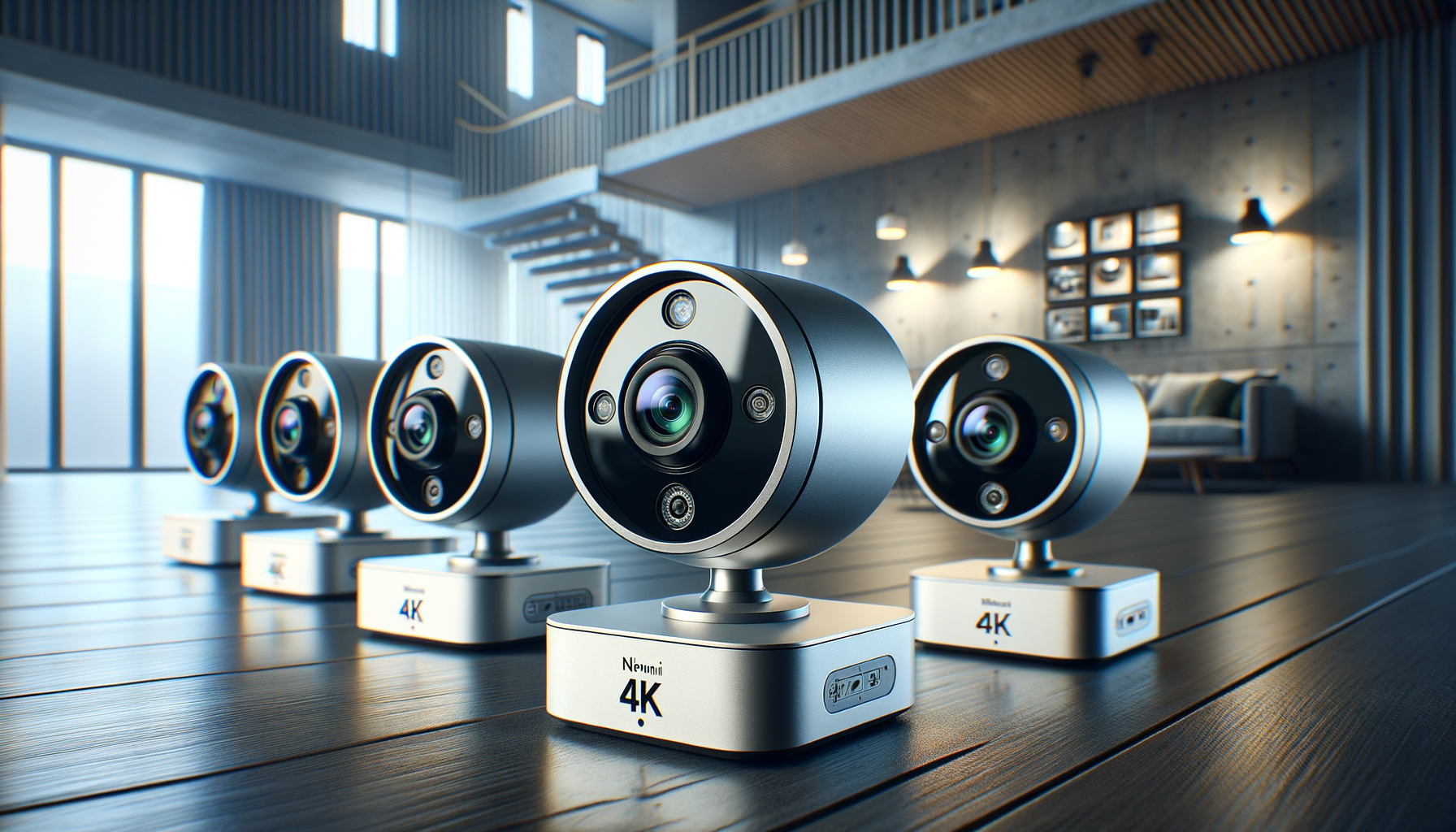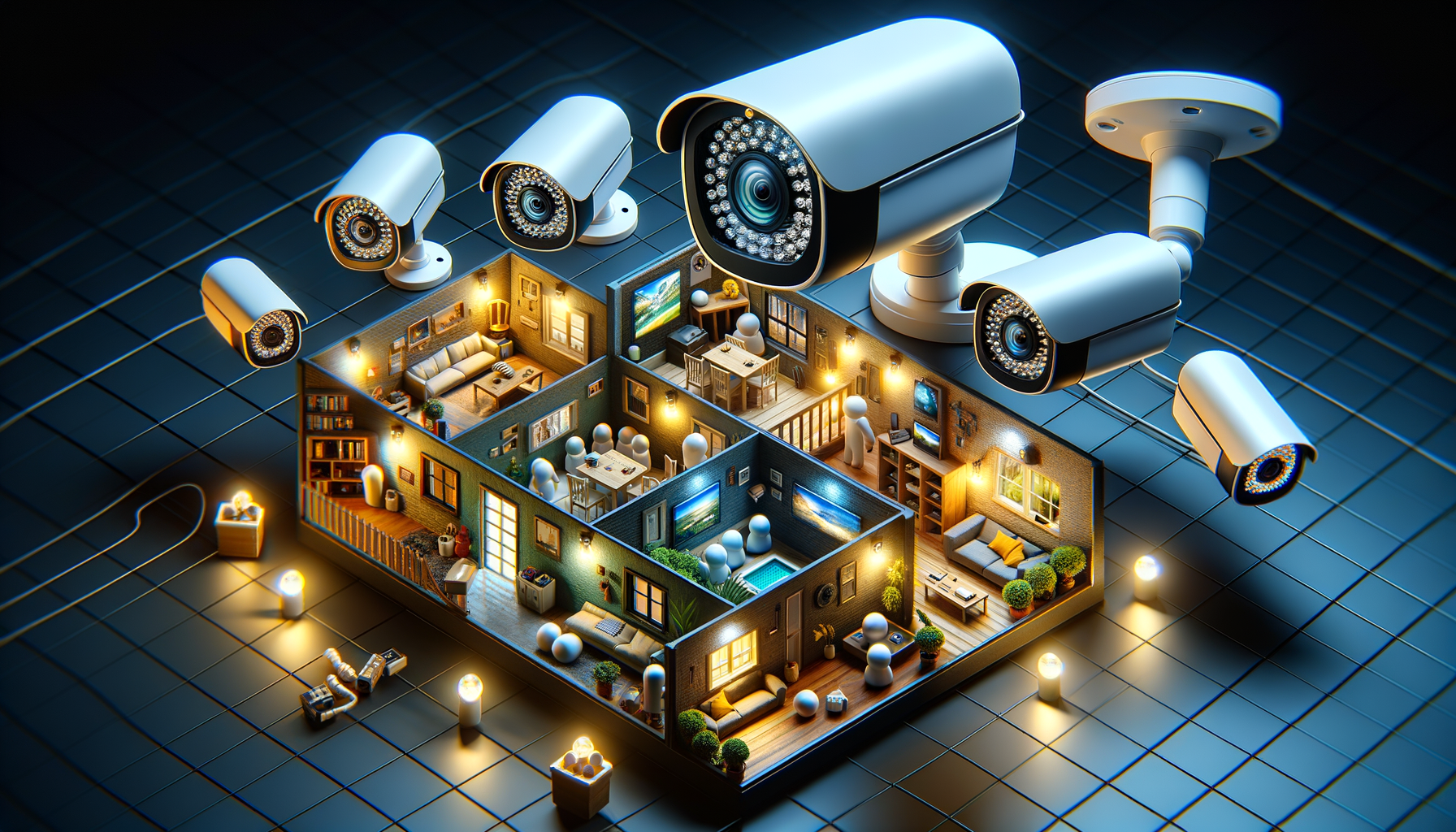Introduction to Security & Surveillance Cameras
Security and surveillance cameras have become an integral part of modern life, offering peace of mind and protection for both residential and commercial properties. As technology advances, these systems are becoming more sophisticated, providing features that cater to a wide range of security needs. In 2025, the landscape for security cameras in the U.S. is diverse, with solutions available for every type of user, from homeowners to large corporations. This article explores the various options available, their features, and their relevance in today’s security-conscious environment.
Types of Security Cameras
Security cameras come in various forms, each designed to meet specific needs. Some of the most common types include:
- Bullet Cameras: Known for their long, cylindrical shape, bullet cameras are ideal for outdoor use. They are typically weatherproof and can cover long distances, making them suitable for monitoring large areas.
- Dome Cameras: These cameras are encased in a dome-shaped housing, providing a discreet surveillance option. They are often used indoors and can offer a wide field of view.
- PTZ Cameras: Pan-Tilt-Zoom cameras allow users to control the camera’s movement remotely, providing flexibility in monitoring large spaces. They are commonly used in commercial settings.
- Wireless Cameras: These cameras connect to a network wirelessly, offering easy installation and flexibility in placement. They are popular for home use due to their convenience.
Each type of camera offers unique advantages, and the choice depends on the specific security needs of the user. Factors such as location, coverage area, and environmental conditions play a crucial role in determining the most suitable type of camera.
Key Features of Modern Surveillance Systems
Modern surveillance systems are equipped with a range of features that enhance their functionality and effectiveness. Some of these features include:
- High-Definition Video: Many cameras now offer HD or even 4K video quality, ensuring clear and detailed footage.
- Night Vision: Infrared technology allows cameras to capture clear images in low-light or no-light conditions, making them effective for 24/7 surveillance.
- Motion Detection: This feature triggers recording or alerts when movement is detected, helping to conserve storage space and focus on relevant events.
- Remote Access: Users can access live feeds and recorded footage from anywhere via mobile apps or web interfaces, providing flexibility and convenience.
- Integration with Smart Home Systems: Many cameras can now integrate with smart home devices, allowing for automation and control through voice commands or centralized apps.
These features make modern surveillance systems more versatile and user-friendly, catering to the needs of both tech-savvy users and those looking for straightforward security solutions.
Residential vs. Commercial Surveillance Needs
While both residential and commercial properties benefit from surveillance systems, their needs can differ significantly. Residential systems often focus on ease of use, affordability, and integration with other smart home devices. Homeowners typically prioritize features like wireless connectivity, mobile access, and simple installation.
Commercial systems, on the other hand, require more robust solutions. Businesses may need cameras with higher resolution, advanced analytics, and capabilities to cover larger areas. Features like facial recognition and license plate reading can be crucial for businesses looking to enhance security and operational efficiency.
Understanding these differences is essential for selecting the right system. Homeowners may prioritize convenience and cost, while businesses focus on comprehensive coverage and advanced features to protect their assets and personnel.
Future Trends in Security & Surveillance
The future of security cameras is promising, with technological advancements driving innovation. Some trends to watch include:
- Artificial Intelligence: AI is increasingly being integrated into surveillance systems, enabling cameras to analyze video feeds in real-time and identify unusual patterns or behaviors.
- Cloud Storage: More systems are moving towards cloud-based storage solutions, offering scalable and secure options for storing footage.
- 5G Connectivity: The rollout of 5G networks is expected to enhance the capabilities of wireless cameras, providing faster data transfer and more reliable connections.
- Increased Privacy Concerns: As surveillance technology becomes more advanced, discussions around privacy and data protection are likely to intensify, leading to new regulations and standards.
These trends highlight the evolving nature of security and surveillance, with technology playing a pivotal role in shaping the future of this industry.
Conclusion: Choosing the Right Surveillance System
Choosing the right surveillance system involves considering various factors, including the specific security needs, budget, and technological preferences. With a wide range of options available, it’s crucial to assess the features and capabilities that align with your requirements. Whether for residential or commercial use, the right surveillance system can provide peace of mind and enhance security, making it a valuable investment in today’s world.




Leave a Reply